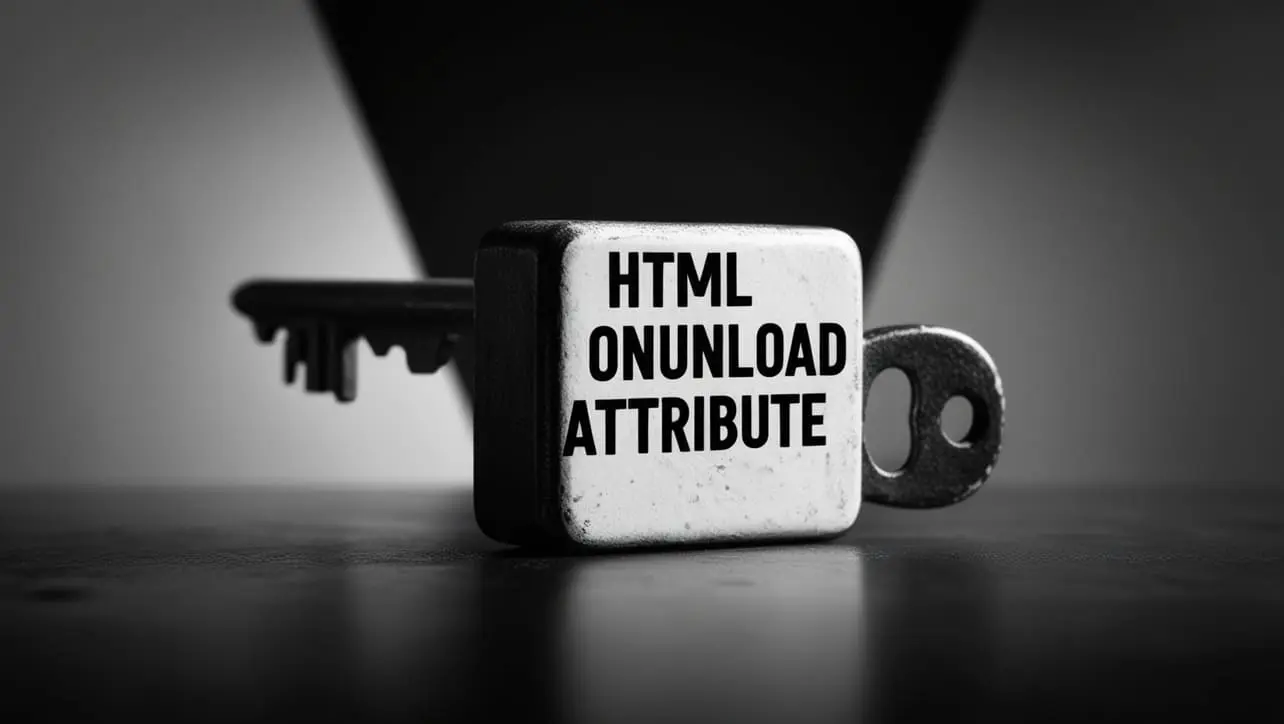
HTML Topics
- HTML Intro
- HTML Basic
- HTML Editors
- HTML CSS
- HTML Tags
- HTML Deprecated Tags
- HTML Events
- HTML Event Attributes
- HTML Global Attributes
- HTML Attributes
- abbr
- accept
- accept-charset
- accesskey
- action
- align
- alt
- archive
- as
- async
- autocapitalize
- autocomplete
- autofocus
- autoplay
- axis
- bgcolor
- border
- cellpadding
- cellspacing
- char
- charoff
- charset
- checked
- cite
- class
- classid
- codebase
- codetype
- color
- cols
- colspan
- compact
- content
- contenteditable
- controls
- coords
- crossorigin
- data
- data-*
- datetime
- declare
- default
- defer
- dir
- dirname
- disabled
- download
- draggable
- enctype
- enterkeyhint
- for
- form
- formaction
- formenctype
- formmethod
- formnovalidate
- formtarget
- frame
- frameborder
- frameset
- headers
- height
- hidden
- high
- href
- hreflang
- hspace
- http-equiv
- id
- inert
- inputmode
- ismap
- kind
- label
- lang
- list
- loop
- low
- max
- maxlength
- media
- method
- min
- multiple
- muted
- name
- novalidate
- onabort
- onafterprint
- onbeforeprint
- onbeforeunload
- onblur
- oncanplay
- oncanplaythrough
- onchange
- onclick
- oncontextmenu
- oncopy
- oncuechange
- oncut
- ondblclick
- ondrag
- ondragend
- ondragenter
- ondragleave
- ondragover
- ondragstart
- ondrop
- ondurationchange
- onemptied
- onended
- onerror
- onfocus
- onhashchange
- oninput
- oninvalid
- onkeydown
- onkeypress
- onkeyup
- onload
- onloadeddata
- onloadedmetadata
- onloadstart
- onmousedown
- onmousemove
- onmouseout
- onmouseover
- onmouseup
- onmousewheel
- onoffline
- ononline
- onpagehide
- onpageshow
- onpaste
- onpause
- onplay
- onplaying
- onpopstate
- onprogress
- onratechange
- onreset
- onresize
- onscroll
- onsearch
- onseeked
- onseeking
- onselect
- onstalled
- onstorage
- onsubmit
- onsuspend
- ontimeupdate
- ontoggle
- onunload
- onvolumechange
- onwaiting
- onwheel
- open
- optimum
- pattern
- placeholder
- popover
- popovertarget
- popovertargetaction
- poster
- preload
- readonly
- rel
- required
- reversed
- rows
- rowspan
- sandbox
- scope
- selected
- shape
- size
- sizes
- span
- spellcheck
- src
- srcdoc
- srclang
- srcset
- start
- step
- style
- tabindex
- target
- title
- translate
- type
- usemap
- value
- width
- wrap
- HTML Comments
- HTML Entity
- HTML Head
- HTML Form
- HTML IndexedDB
- HTML Drag & Drop
- HTML Geolocation
- HTML Canvas
- HTML Status Code
- HTML Language Code
- HTML Country Code
- HTML Charset
- MIME Types
HTML onunload Attribute

Photo Credit to CodeToFun
🙋 Introduction
The onunload attribute in HTML is a powerful tool that allows developers to execute a specific script or set of instructions when a user navigates away from a page.
This attribute is commonly used to perform actions, such as cleanup tasks or data saving, just before a user leaves the current webpage.
🎯 Purpose of onunload
The primary purpose of the onunload attribute is to trigger JavaScript code when a user is about to unload or leave a page.
This is particularly useful for scenarios where you need to perform actions that should take place before the user moves to another page or closes the browser window.
💎 Values
The onunload attribute accepts JavaScript code or function references as values.
You can provide a single JavaScript statement or reference a function to execute when the unload event occurs. Here's a basic example:
<body onunload="myUnloadFunction()">
<!-- Your page content goes here -->
</body>🧠 How it Works
In this example, the myUnloadFunction will be called when the user unloads the page.
📄 Example
Let's look at a simple example of how to use the onunload attribute in an HTML document:
<!DOCTYPE html>
<html lang="en">
<head>
<meta charset="UTF-8">
<meta name="viewport" content="width=device-width, initial-scale=1.0">
<title>onunload Example</title>
<script>
function performUnloadActions() {
// Your unload actions go here
console.log("Page is being unloaded. Save any necessary data.");
}
</script>
</head>
<body onunload="performUnloadActions()">
<!-- Your page content goes here -->
<p>This is a sample webpage.</p>
</body>
</html>🧠 How it Works
In this example, the performUnloadActions function will be called when the user navigates away from the page.
🔄 Dynamic Values with JavaScript
Similar to other HTML attributes, you can dynamically set the onunload attribute using JavaScript.
This allows you to adjust the behavior based on certain conditions or user interactions. Here's a brief example:
<script>
// Dynamically set onunload behavior
window.onunload = function() {
// Your dynamic unload actions go here
console.log("Dynamic unload actions based on user interactions.");
};
</script>🧠 How it Works
This script sets the onunload event dynamically for the entire window, allowing you to execute specific actions based on dynamic conditions.
🏆 Best Practices
- Use the
onunloadattribute cautiously, as excessive or time-consuming operations during page unload can lead to a poor user experience. - Ensure that any dynamic values or functions you assign to onunload are well-tested to avoid unexpected behavior.
- Keep in mind that not all browsers handle the onunload event in the same way, so test your scripts across various browsers.
🎉 Conclusion
The onunload attribute is a valuable tool for executing scripts or functions just before a user leaves a webpage.
By leveraging this attribute, you can perform necessary cleanup tasks, save data, or customize the user experience during page unload.
👨💻 Join our Community:
Author

For over eight years, I worked as a full-stack web developer. Now, I have chosen my profession as a full-time blogger at codetofun.com.
Buy me a coffee to make codetofun.com free for everyone.
Buy me a Coffee












If you have any doubts regarding this article (HTML onunload Attribute), please comment here. I will help you immediately.